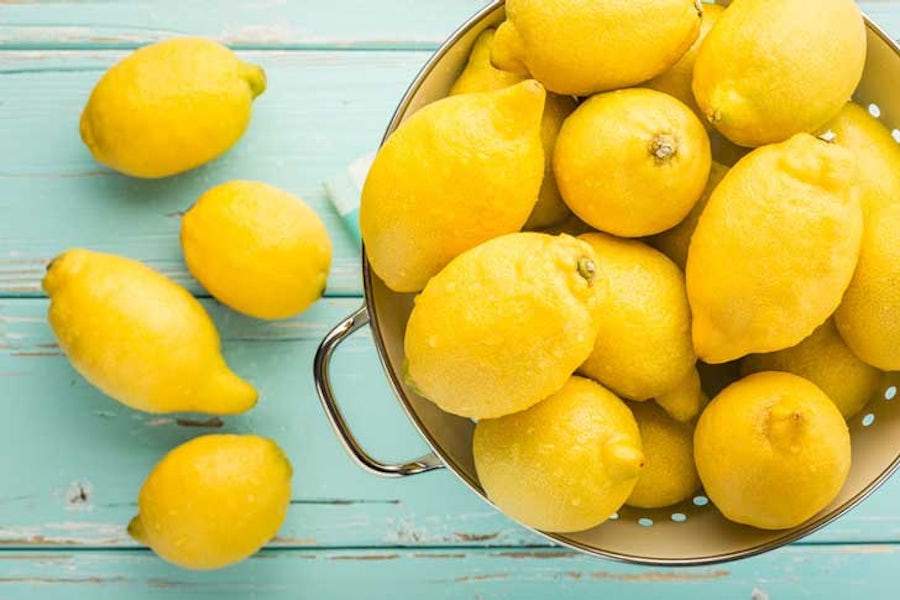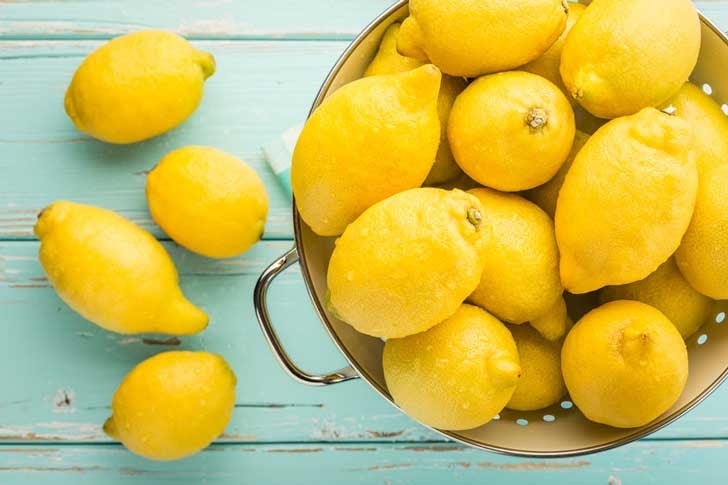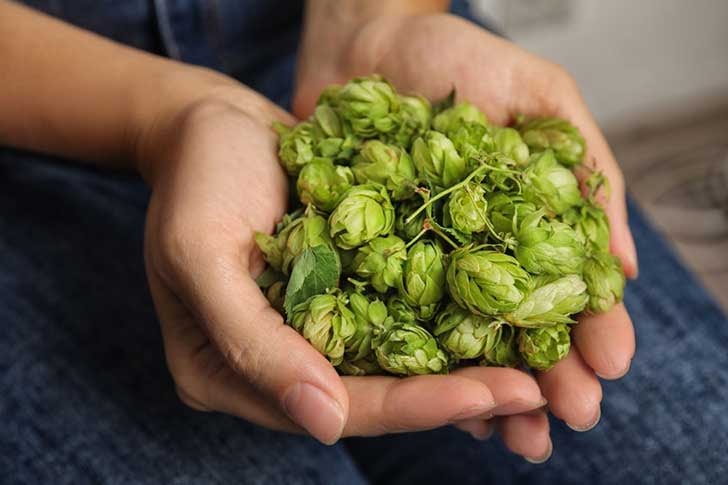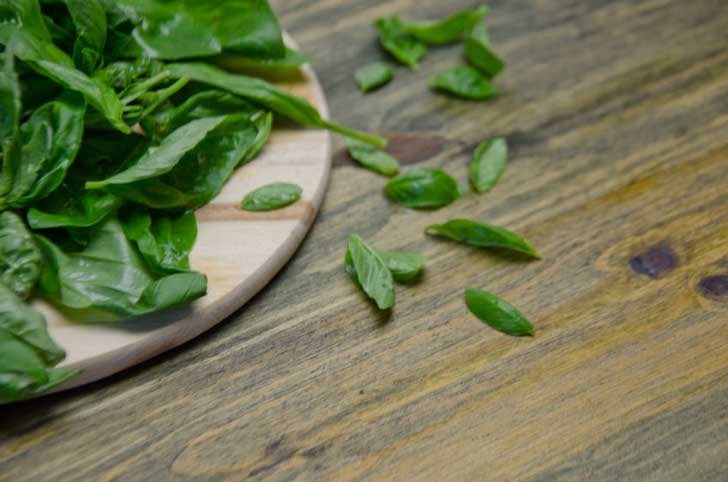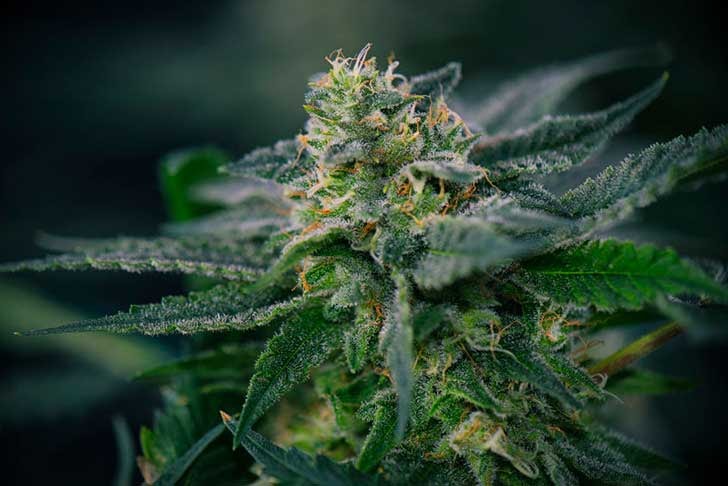Limonene — specifically D-Limonene — is a naturally occurring terpene found in the rind of citrus fruits such as oranges, grapefruits, lemons and limes. Terpenes are found in the resinous glands of cannabis plants (trichomes) and contribute to chemovar’s distinct properties.
It is also one of the three primary terpenes found in cannabis flowers (along with Pinene and Myrcene) and is the second most commonly occurring terpene in nature.
As you can imagine Limonene smells like citrus: fresh, fruity and invigorating. Its refreshing smell is commonly associated with energizing properties, which is perhaps why it’s so ubiquitous in many cleaning products. It is also used in the cosmetic industry to make perfumes and is a widely used flavoring agent for many foods and drinks.
Some therapeutic properties associated with Limonene include chemopreventive properties as well as anxiolytic (anti-anxiety) and anti-depressant effects. It can also “modulate signaling pathways linked to several diseases” and is currently being evaluated for additional clinical applications.
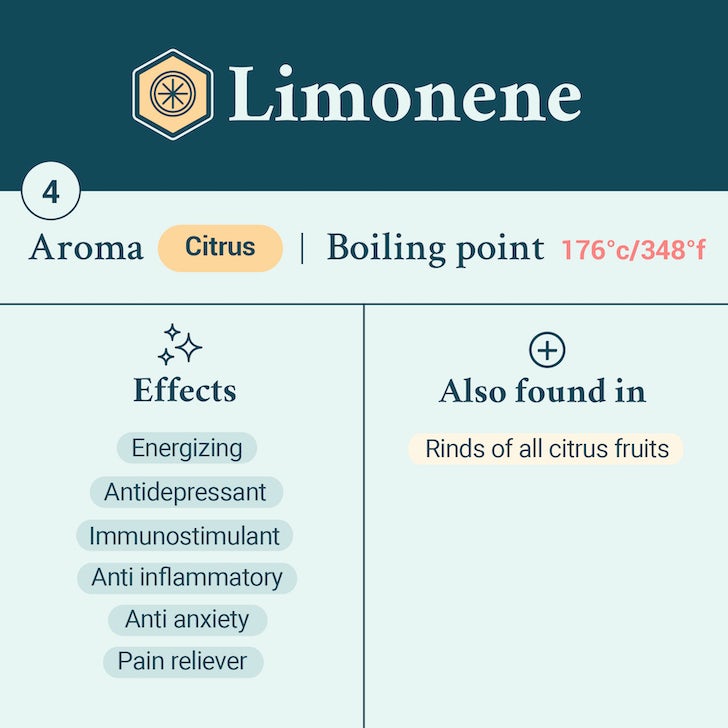
What are its effects? What else is it used for?
Limonene has extremely low toxicity in humans and “…does not pose a mutagenic, carcinogenic, or nephrotoxic risk.” As such its clinical applications are extensive.
Limonene-rich fruits such as Yuzu have long been used as traditional medicines in Japan for their anti-inflammatory effects, particularly with respect to the treatment of bronchial asthma. It has also been shown to have anti-inflammatory effects in models of osteoarthritis.
As previously mentioned Limonene has also been shown to have powerful effects on mood (anti-anxiety, anti-depressant) and has been shown to reduce OCD-like symptoms in mice. In mice, Limonene’s anxiolytic effects are comparable to that of Diazepam. It also can have sedating and gastroprotective effects.
Limonene’s ability to act as a cancer chemopreventive agent is well-documented in rat studies. More recent studies have also found that it may also induce regression in (human) mammary carcinomas. A 2012 research paper also found Limonene induced apoptosis of human colon cancer cells.
Other applications include the clinical use of Limonene to dissolve cholesterol-rich gallstones as well as to relieve heartburn and gastroesophageal refluxes.
How common is it in cannabis?
D-limonene is one of the primary monoterpenes found in cannabis plants. Cannabis flowers with a high Limonene content are often thought of as “sativa” types due to Limonene’s uplifting effects on mood.
Chemovars with “lemon” in the name such as Super Lemon Haze and Lemon Kush are colloquially thought to be high in Limonene content. However as chemovars can vary in terpene content from grower to grower and even batch to batch, it’s a good idea to check out a flower’s certificate of analysis whenever possible.
Where else is it found?
Limonene is one of the most commonly used GRAS flavoring agents for a variety of foods including ice creams, puddings, baked goods, soft drinks, and juices.
Another versio, L-limonene, is found in pinecones and is generally used as a solvent in industrial cleaning applications.
You can also commonly find it used in various dietary supplements as well as cosmetic and beauty products.
Limonene is also currently being studied as a potential source of biofuel. A 2006 study at Cornell University used it to create polymers used in woven or knitted fabrics. German researchers later used it to produce polyurethane-like plastics with a wide range of potential household applications.
No matter how you use Limonene, it is a terpene that’s unparalleled in its versatility and potential therapeutic properties.
References:
https://www.sciencedirect.com/science/article/pii/S0168945219301190
https://www.ncbi.nlm.nih.gov/pmc/articles/PMC3165946/
https://www.ncbi.nlm.nih.gov/pubmed/18072821
https://www.ncbi.nlm.nih.gov/pubmed/12499653/
https://www.ncbi.nlm.nih.gov/pubmed/8646568/
https://www.sciencedirect.com/science/article/abs/pii/S0009279717310487
https://www.ncbi.nlm.nih.gov/pubmed/20492298
https://www.researchgate.net/publication/271326613
https://www.ncbi.nlm.nih.gov/pubmed/16253279
https://www.sciencedirect.com/science/article/pii/S0091305712002638
https://www.sciencedirect.com/science/article/abs/pii/S0944711313004790
https://www.liebertpub.com/doi/abs/10.1089/jmf.2012.0259
https://link.springer.com/article/10.1023/A:1005939806591
https://cancerres.aacrjournals.org/content/52/14/4021.short
https://www.spandidos-publications.com/10.3892/or.2012.2093
https://www.ncbi.nlm.nih.gov/pubmed/18072821
https://pubs.rsc.org/en/Content/ArticleLanding/2012/GC/c2gc35099h
Sign up for bi-weekly updates, packed full of cannabis education, recipes, and tips. Your inbox will love it.

 Shop
Shop Support
Support